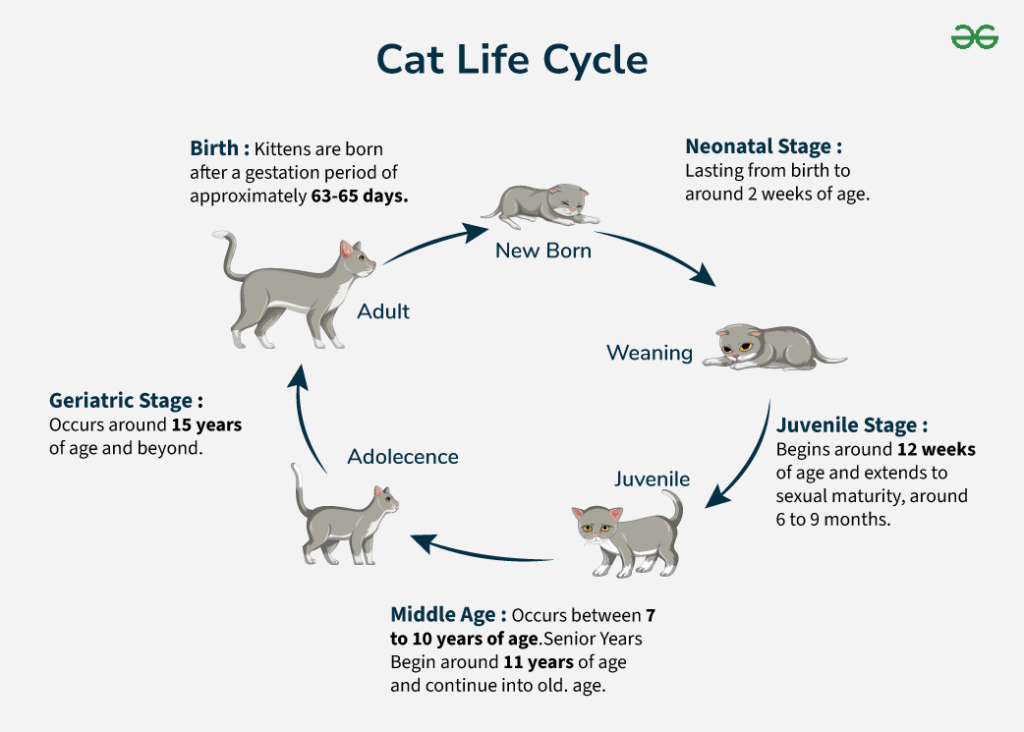
Have you ever wondered if cats lay eggs like birds do? It’s a common question, especially for those who are unfamiliar with the animal kingdom. While it might seem logical to assume that all furry creatures give birth to live young, there are some exceptions out there. However, when it comes to our beloved feline companions, the answer is a resounding no. Cats are mammals, and mammals give birth to live offspring.
This article will delve into the fascinating world of cat reproduction, exploring why do cats lay eggs is a misconception and providing a detailed look at the process of kitten birth. We’ll cover everything from the gestation period to the characteristics that define mammals, ensuring you have a comprehensive understanding of how these adorable creatures come into the world.
Do Cats Lay Eggs?
The short answer is no, cats do not lay eggs. This misconception likely stems from the fact that some animals, like birds and reptiles, reproduce by laying eggs. However, cats belong to the class Mammalia, which means they are mammals. Mammals are characterized by several key features, including giving birth to live young and nursing their offspring with milk produced by mammary glands.
Eggs are a reproductive strategy used by other animal groups, such as aves (birds), reptilia (reptiles), and amphibia (amphibians). These animals lay eggs that develop outside the mother’s body, providing a protective shell for the developing embryo. In contrast, mammals have evolved a different reproductive system where the embryo develops inside the mother’s womb, receiving nourishment and protection through a placenta.
Kitten Birth
The process of kitten birth, also known as parturition, is a remarkable feat of nature. After a gestation period of approximately 63 days, the mother cat will go into labor. This typically involves contractions that help push the kittens through the birth canal. The entire birthing process can last several hours, and multiple kittens may be born over time.
Stages of Labor
The birthing process is divided into three stages:
- First Stage: This stage involves dilation of the cervix and preparation for labor. It can last anywhere from a few hours to a day. 2. Second Stage: This stage is characterized by strong contractions that push the kittens through the birth canal. Each kitten is typically born individually, with the mother cat instinctively licking and cleaning them after birth.
- Third Stage: This stage involves the expulsion of the placenta, which nourishes the developing kittens during gestation.
Mammal Characteristics
As mentioned earlier, cats belong to the class Mammalia, which sets them apart from other animal groups like birds and reptiles. Some key characteristics that define mammals include:
- Mammary Glands: Female mammals possess mammary glands that produce milk to nourish their offspring. This is a defining feature of the class Mammalia and distinguishes them from other animal groups.
- Hair or Fur: Most mammals have hair or fur, which provides insulation and helps regulate body temperature. While some aquatic mammals like whales may have reduced hair coverage, they still possess it at some stage in their development.
- Live Birth: With the exception of monotremes (like the platypus and echidna), all mammals give birth to live young. This means that the embryo develops inside the mother’s body, receiving nourishment through a placenta.
Gestation Period
The gestation period for cats is typically around 63 days, or about nine weeks. During this time, the developing kittens grow and mature within the mother cat’s womb. The length of gestation can vary slightly depending on factors such as the number of kittens, the breed of the cat, and individual variations.
Fetal Development
During the gestation period, the kittens undergo significant development. They begin as tiny embryos and gradually develop into fully formed fetuses with recognizable features like limbs, organs, and a heartbeat. By the end of the gestation period, the kittens are ready to be born.
Conclusion
do cats lay eggs? The answer is a definitive no. Cats are mammals, and mammals give birth to live young. The process of kitten birth is a fascinating journey that involves several stages and culminates in the arrival of adorable, healthy kittens. Understanding the reproductive cycle of cats allows us to appreciate the intricate workings of nature and the unique characteristics that define these beloved creatures.
